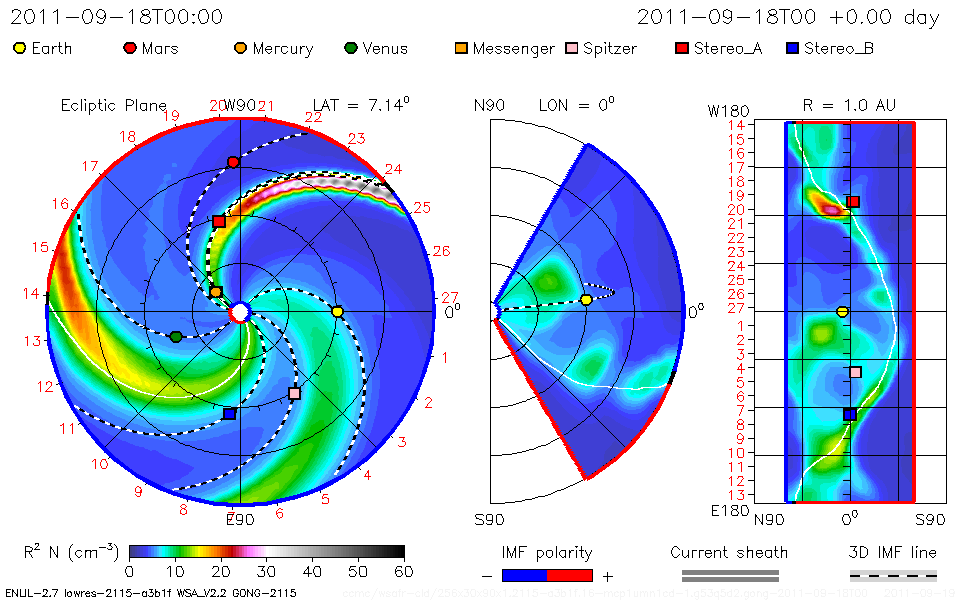Here’s the latest report from NASA regarding UARS, the enormous satellite that will re-enter Earth’s atmosphere sometime today or tomorrow.
NASA’s Upper Atmosphere Research Satellite, or UARS, is expected to re-enter Earth’s atmosphere late Sept. 23 or early Sept. 24 Eastern Daylight Time, almost six years after the end of a productive scientific life. Although the spacecraft will break into pieces during re-entry, not all of it will burn up in the atmosphere.
The risk to public safety or property is extremely small, and safety is NASA’s top priority. Since the beginning of the Space Age in the late-1950s, there have been no confirmed reports of an injury resulting from re-entering space objects. Nor is there a record of significant property damage resulting from a satellite re-entry.
It is still too early to say exactly when UARS will re-enter and what geographic area may be affected, but NASA is watching the satellite closely and will keep you informed. Visit this page for updates on the satellite’s orbital track and predicted re-entry date.
Update #10
Fri, 23 Sep 2011 07:45:08 AM MST
As of 10:30 a.m. EDT on Sept. 23, 2011, the orbit of UARS was 100 miles by 105 miles (160 km by 170 km). Re-entry is expected late Friday, Sept. 23, or early Saturday, Sept. 24, Eastern Daylight Time. Solar activity is no longer the major factor in the satellite’s rate of descent. The satellite’s orientation or configuration apparently has changed, and that is now slowing its descent. There is a low probability any debris that survives re-entry will land in the United States, but the possibility cannot be discounted because of this changing rate of descent. It is still too early to predict the time and location of re-entry with any certainty, but predictions will become more refined in the next 12 to 18 hours.





